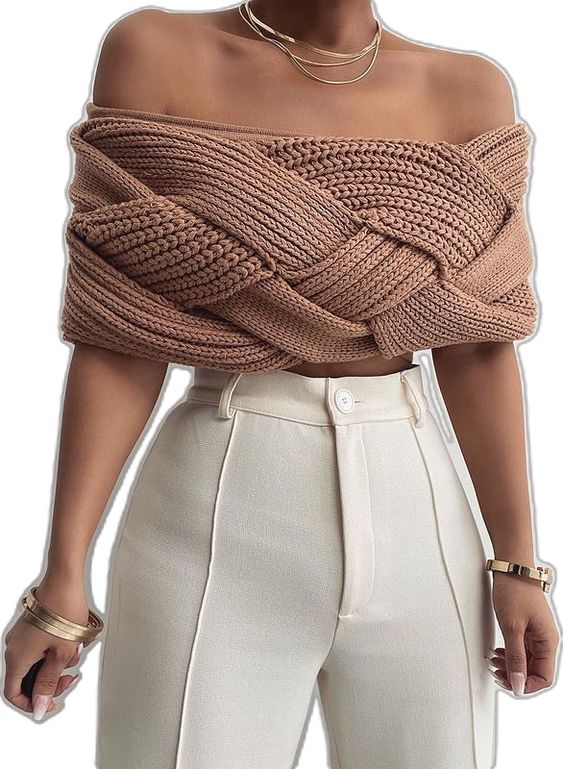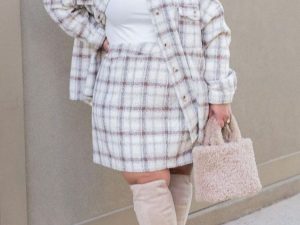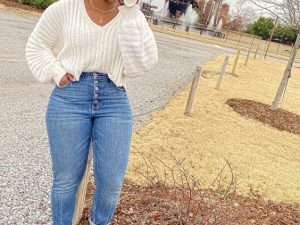As fashion trends evolve, so too does our awareness of the impact our choices have on the environment. The fashion industry is one of the most resource-intensive industries, contributing significantly to global pollution and waste. But as consumers become more conscious of their impact, sustainable fashion is emerging as a powerful trend, transforming the industry and empowering individuals to make ethical choices. In this article, we’ll explore what sustainable fashion means, why it matters, and how you can start building a wardrobe that’s both stylish and eco-friendly.
What is Sustainable Fashion?
Sustainable fashion refers to clothing, shoes, and accessories that are designed, manufactured, distributed, and used in environmentally friendly ways. It considers the entire life cycle of the garment—from raw material sourcing and production to consumer use and eventual disposal.
The main pillars of sustainable fashion include:
- Eco-Friendly Materials: Using organic, recycled, or biodegradable materials reduces the environmental impact of garment production. Natural fabrics like organic cotton, hemp, and bamboo are popular, as are innovative textiles like recycled polyester or Econyl (a fabric made from recycled ocean plastics).
- Ethical Manufacturing: Sustainable fashion brands prioritize fair labor practices, ensuring workers have safe conditions, fair wages, and reasonable hours. This also means reducing energy consumption, limiting chemical use, and cutting back on water and air pollution.
- Waste Reduction: This includes minimizing waste during production and reducing landfill waste by encouraging recycling and upcycling. Brands committed to sustainability often produce small batches, design high-quality pieces, and create versatile, timeless designs.
- Slow Fashion Movement: Opposite to fast fashion, slow fashion encourages consumers to buy fewer, better-quality items that last longer. This approach emphasizes mindful purchases, timeless pieces, and intentional style.
Why Sustainable Fashion Matters
Sustainable fashion isn’t just a trend; it’s an essential shift toward a more responsible way of consuming and living. Here’s why making sustainable choices matters:
- Environmental Impact: The fashion industry is responsible for about 10% of global carbon emissions and produces a staggering amount of waste. By choosing eco-friendly options, you can contribute to reducing pollution, conserving resources, and protecting biodiversity.
- Human Rights: Many fast fashion brands rely on cheap labor, which often means poor working conditions, low wages, and child labor. By supporting brands committed to ethical practices, you’re advocating for fair treatment and safe working environments.
- Longevity and Quality: Sustainable brands tend to focus on high-quality materials and craftsmanship, resulting in pieces that last longer. Instead of constantly buying new items, sustainable fashion encourages us to build a wardrobe of items we’ll love for years.
How to Build a Sustainable Wardrobe
Creating a sustainable wardrobe doesn’t mean you have to throw out all your clothes and start over. Instead, you can incorporate sustainable fashion choices gradually, developing a wardrobe that’s good for the planet and aligns with your style. Here’s how to get started:
1. Choose Quality Over Quantity
One of the main principles of sustainable fashion is to buy less but better. Investing in high-quality pieces may cost more initially, but these items are often more durable, comfortable, and long-lasting. Start by focusing on essentials: a well-made pair of jeans, a comfortable sweater, or a classic blazer. These pieces will serve as the foundation of your wardrobe, giving you a stylish and versatile base.
2. Look for Sustainable Fabrics
When shopping, check the labels for sustainable materials. Some of the best eco-friendly fabrics include:
- Organic Cotton: Grown without harmful chemicals, organic cotton is softer, hypoallergenic, and kinder to the environment.
- Hemp and Linen: These natural fibers are durable, breathable, and require minimal water and chemicals to grow.
- Recycled Materials: Many brands now create clothing from recycled polyester, nylon, and even ocean plastics. This helps reduce waste and conserve resources.
- Tencel/Lyocell: Made from sustainably sourced wood pulp, Tencel is a soft, biodegradable fabric that’s popular in sustainable fashion.
3. Support Ethical Brands
The rise of sustainable fashion has led to the emergence of ethical brands that prioritize environmental stewardship and fair labor practices. Look for brands with certifications like Fair Trade, B Corp, or Global Organic Textile Standard (GOTS). Some well-known sustainable brands include Patagonia, Everlane, and Reformation, but there are also many smaller companies making a big impact.
4. Prioritize Timeless Styles Over Trends
Trendy pieces are often appealing, but they can become outdated quickly, leading to more waste. Instead, focus on timeless, classic styles that can be worn year-round. Think about colors, cuts, and silhouettes that you truly love and that suit your personal style. Timeless pieces are versatile, making it easy to mix and match them to create different outfits.
5. Shop Secondhand or Vintage
Thrifting or buying vintage is one of the most sustainable ways to shop. Secondhand shopping keeps clothing out of landfills and gives you access to unique, one-of-a-kind pieces. Check out thrift stores, online resale platforms like Depop or Poshmark, and even high-end consignment shops for designer finds at a fraction of the cost.
6. Practice Proper Clothing Care
Taking care of your clothes will help them last longer, reducing the need to constantly replace worn-out items. Wash garments according to their instructions, air-dry when possible, and store them properly. Mending and repairing items rather than discarding them at the first sign of wear is also a valuable habit. Small efforts like these make a big difference in extending the life of your wardrobe.
7. Participate in Clothing Swaps
Clothing swaps are a fun and eco-friendly way to refresh your wardrobe without buying new clothes. Host a swap with friends or family, or check for local events in your area. Swaps allow you to pass on items you no longer need while finding new pieces to enjoy, all without any extra cost or environmental impact.
Sustainable Fashion Myths
Despite its growth in popularity, there are still some misconceptions about sustainable fashion. Here are a few myths and the truth behind them:
- Myth 1: Sustainable Fashion is Expensive
While it’s true that some sustainable brands may have higher price points, this isn’t always the case. By shopping secondhand, participating in clothing swaps, or choosing brands that offer affordable ethical options, you can build a sustainable wardrobe on a budget. - Myth 2: Sustainable Fashion is Boring or Unstylish
Sustainable fashion isn’t limited to basics or neutrals. Many eco-friendly brands offer vibrant colors, unique designs, and trendy pieces. With a little research, you can find sustainable options that match your personal style and allow for self-expression. - Myth 3: One Person Can’t Make a Difference
Every purchase you make sends a message. When you choose sustainable options, you’re contributing to a collective shift toward more ethical and eco-friendly practices. Even small changes, like opting for secondhand clothes or choosing organic fabrics, can have a big impact over time.
Brands to Watch in Sustainable Fashion
Many brands are committed to making a positive impact on the environment. Here are a few to consider:
- Patagonia: Known for its commitment to environmental activism and ethical manufacturing.
- Everlane: Transparent pricing and high-quality, timeless pieces.
- Girlfriend Collective: Creates activewear from recycled materials.
- Reformation: Combines sustainable practices with trendy, feminine styles.
- Veja: Eco-friendly sneakers made from sustainable materials.
Conclusion
Building a sustainable wardrobe isn’t an overnight process; it’s a journey toward mindful and ethical fashion choices. By choosing quality over quantity, supporting ethical brands, and caring for your clothes, you can create a wardrobe that’s not only stylish but also kind to the planet. Sustainable fashion is about progress, not perfection—every small choice you make contributes to a more sustainable future. So, start with one step, whether it’s thrifting, supporting a sustainable brand, or simply wearing your favorite clothes longer. With these actions, you’ll be making a positive impact while looking great and feeling confident in your choices.




